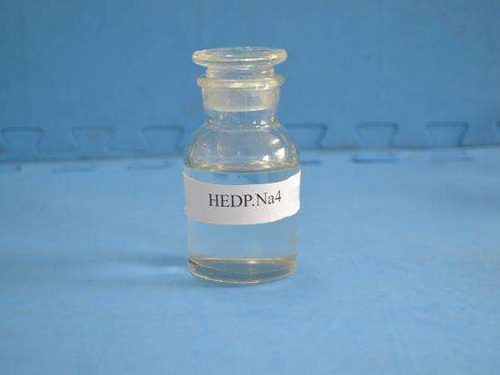poly aluminum chloride water treatment
Poly Aluminum Chloride in Water Treatment
Poly aluminum chloride (PAC) is a widely used chemical compound in water treatment processes, known for its efficiency and effectiveness in clarifying water. It is a coagulant, which means it helps in aggregating fine particles suspended in water, allowing them to settle and be removed. This compound is particularly important in the treatment of drinking water, wastewater, and industrial effluents.
The chemical structure of PAC consists of aluminum ions and hydroxyl groups, and it can be described as a polymeric aluminum compound. One of its key advantages over traditional coagulants like aluminum sulfate is its lower dose requirement, which leads to reduced sludge production. This not only makes the process more economical but also minimizes the environmental impact associated with sludge disposal.
In water treatment, PAC operates through a process called coagulation-flocculation. Initially, PAC is added to the water, where it destabilizes the colloidal particles due to its positive charge. As the PAC interacts with these negatively charged particles, they gradually clump together, forming larger aggregates known as flocs. These flocs are heavy enough to settle to the bottom of the treatment tanks, allowing clear water to be separated from the solids.
poly aluminum chloride water treatment

The application of PAC is beneficial in various scenarios, including municipal drinking water systems, industrial process water, and wastewater treatment facilities. In municipal systems, PAC effectively removes turbidity, colors, organic matter, and microorganisms, ensuring compliance with health standards. In industrial settings, it plays a crucial role in treating water to meet specific quality requirements for processes such as food and beverage production, pharmaceuticals, and chemical manufacturing.
Moreover, PAC is favored in wastewater treatment due to its effectiveness in reducing phosphorus levels, which is essential for mitigating eutrophication in receiving water bodies. Eutrophication can lead to harmful algal blooms and decreased oxygen levels, severely impacting aquatic life. By employing PAC, facilities can improve their effluent quality and contribute positively to environmental protection.
Overall, poly aluminum chloride is an invaluable tool in modern water treatment. Its superior coagulation properties, economic advantages, and environmental benefits make it a preferred choice for various applications. As water treatment technologies continue to evolve, the role of PAC is likely to expand, highlighting the importance of effective and sustainable water management practices in addressing global water challenges.
-
2-Phosphonobutane-1,2,4-Tricarboxylic Acid: Scale & CorrosionNewsAug.29,2025
-
Premium Isothiazolinones | Broad-Spectrum Biocidal SolutionsNewsAug.28,2025
-
LK-319 Special Scale And Corrosion Inhibitor For Steel Plants: Advanced Solutions for Industrial Water SystemsNewsAug.22,2025
-
Flocculant Water Treatment: Essential Chemical Solutions for Purification ProcessesNewsAug.22,2025
-
Isothiazolinones: Versatile Microbial Control Agents for Industrial and Consumer ApplicationsNewsAug.22,2025
-
Scale Inhibitor: Key Solutions for Water System Scale PreventionNewsAug.22,2025





